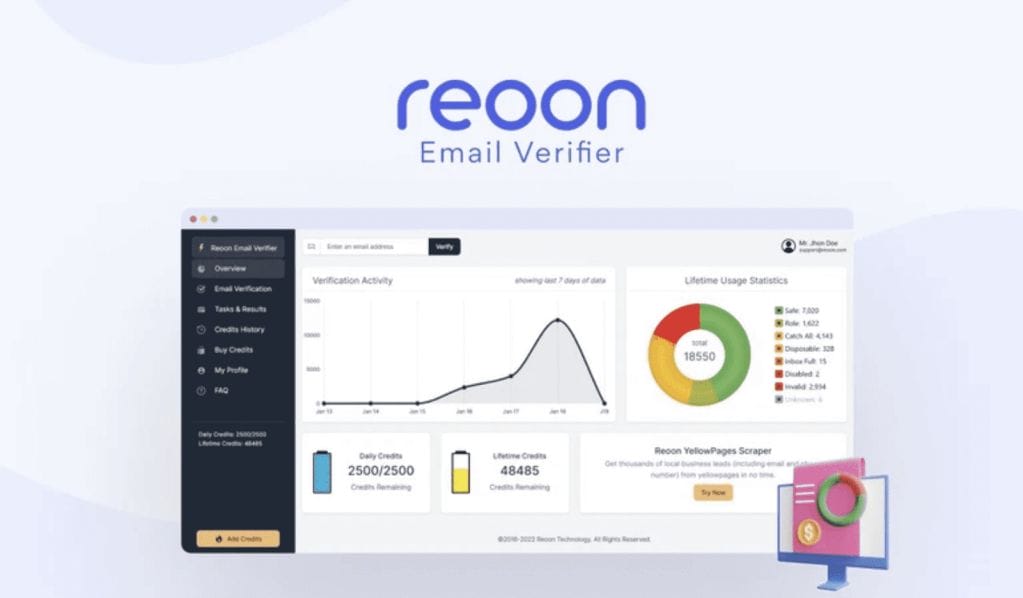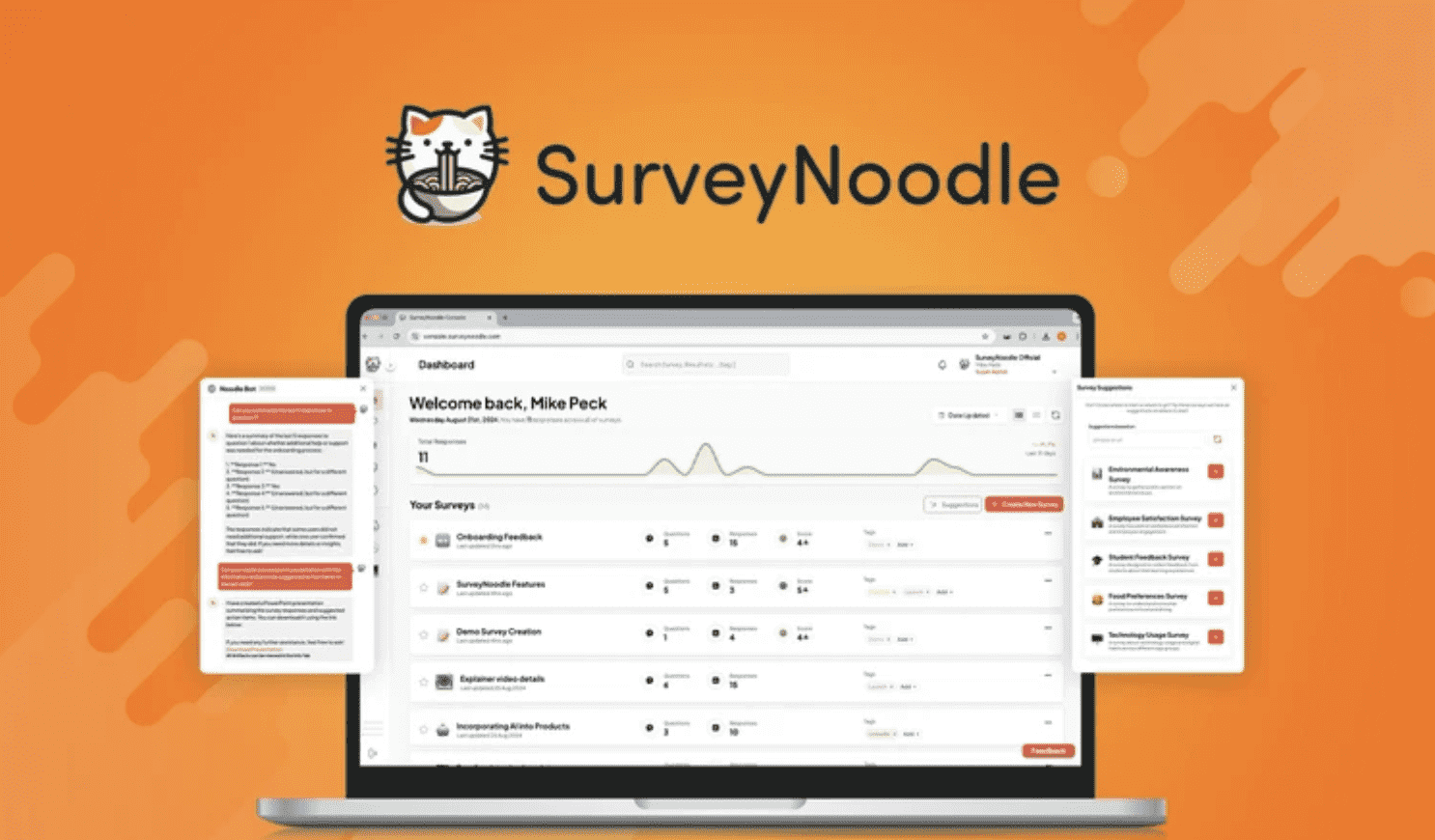If you’re a SaaS startup, then you know that there are many milestones along the way to success. From fundraising and customer acquisition to product launches and expansion, every major milestone is an important step in your journey.
In this blog post, we’ll take a look at the ten biggest milestones in SaaS startups and how they can help propel your business forward.
Milestones For SaaS Companies
Reaching these major milestones in the SaaS growth journey is no easy feat. It requires a combination of hard work and strategic planning. While there are many elements to consider, the most important ones are product launch, customer feedback, scalability, funding, team building, customer base growth, partnerships, revenue growth, profitability, and scaling up.
Additionally, for B2B SaaS startups there are five factors of a growth strategy and a go-to-market approach to consider. Moreover, ABM messaging channels are essential for B2B SaaS startups to reach their milestones. With the right tools and strategies in place, you can achieve your SaaS startup milestones.

Milestone #1: Launch your product
The first milestone for any SaaS startup is to launch its product. This is the moment when you can start to validate your idea, collect feedback from users and begin to build a customer base. It’s important to go through this process carefully and thoughtfully so that you can ensure that the product meets the needs of the market and has a solid foundation for future growth.
Once you have launched your product, it’s time to focus on gathering feedback and making improvements. Doing so will help you to ensure that your product is meeting customer needs and is ready for the next step in your journey.
Milestone #2: Gather feedback and make improvements
Gathering feedback and making improvements is the second key milestone for SaaS companies. Getting customer feedback helps your company understand how to build the product that your customers need and want. It also helps you to ensure that your product is easy to use and is meeting customer needs.
This feedback can be collected by surveying customers, running user tests, and testing different features. Once you have the feedback, you can make improvements to your product, allowing you to build out a better version of what your customers need and want. This milestone is essential for any successful SaaS company as it ensures that your product meets customer needs and is continuously improving.
Milestone #3: Show growth and scalability
Reaching the third milestone of showing growth and scalability is a vital part of the journey for SaaS companies. It’s important to demonstrate that the product is being used by a significant number of customers and that it can sustain growth. Companies should also focus on creating strategies to increase user engagement, such as providing incentives, increasing customer loyalty, and offering discounts.
Additionally, it’s key to track user engagement and evaluate the customer lifecycle to ensure that customers are continuing to use the product and finding value in it. By proactively monitoring user engagement and growth, companies can ensure they are well-positioned to hit the milestone of growth and scalability.
Milestone #4: Secure first funding
Reaching the fourth milestone in your SaaS startup journey is arguably one of the most challenging yet rewarding moments. Securing the first round of funding is a significant milestone that will allow you to expand your business and bring your product to life.
With the right strategy in place, you can ensure that you have a well-defined plan for how you are going to use this funding to reach the next milestones in your growth journey.
It is also important to ensure that you have a good understanding of the financials of your business so that you can accurately assess how much funding you need, and what the return on investment looks like. It is also important to understand the different types of financing available so that you can be sure you are getting the best deal for your business.
Milestone #5: Create a strong team
Creating a strong team is one of the most important milestones for SaaS companies. Building a team of people who are all invested in the success of the company and have the necessary skills and experience is essential. This team should include developers, marketers, salespeople, customer service representatives, and any other roles that are necessary to grow and scale the business.
Having an experienced leadership team that can guide the company through tough decisions and challenges is also essential. With the right team in place, SaaS companies can move forward with confidence and take advantage of growth opportunities.
Milestone #6: Increase customer base
As your product matures and your customer base increases, you need to focus on scaling up operations. The sixth milestone in a SaaS startup’s journey is to increase the customer base. This milestone is key to creating a sustainable business model. To increase your customer base, you will need to build a strong marketing strategy to reach out to the right target audience.
You should also focus on creating long-term relationships with your customers by providing excellent customer service and implementing strategies such as upsells and cross-sells. Lastly, you should also focus on developing partnerships with other companies to expand your target market and reach more potential customers.
Milestone #7: Develop partnerships
Once you have launched your product, gathered feedback, and scaled up your business, it’s time to move on to the seventh major milestone: developing partnerships. Partnering with other companies in the same space can help you to expand your reach and increase your customer base. It can also provide you with additional resources like marketing channels and funding opportunities.
To find the right partner, research their track record and make sure their goals align with yours. Having a successful partnership in place can make all the difference in taking your business to the next level.
Milestone #8: Grow Revenue
Reaching the milestone of growing revenue is an important marker for any SaaS company. To be successful, you need to have a clear understanding of the customer acquisition cost (CAC) and customer lifetime value (CLV) metrics. Those metrics are used to calculate the return on investment compared to the costs associated with acquiring new customers.
This will enable you to determine how much you can afford to spend on customer acquisition, and also decide on the ideal pricing model for your product offering. Having a clear understanding of CAC and CLV will help you understand when it’s time to increase your customer base and scale up your business.
Milestone #9: Reach profitability
Once you have established your product and begun to show growth, the next milestone is reaching profitability. This is one of the most important milestones for SaaS companies, as it marks the point when your business can become self-sustaining and no longer reliant on external funding.
To reach this milestone, you will need to invest in long-term strategies that can increase revenue, such as ABM Messaging Channels, Go-To-Market strategies, and the 5 Factors of a B2B SaaS Growth Strategy for T2D3. Ultimately, reaching profitability is an important milestone that will prove to investors and customers that your product and business are viable.
Milestone #10: Scale-up Business
Reaching the tenth milestone of scaling up your business is a major accomplishment for any SaaS startup. For this milestone, it’s important to create an effective scalability plan and to focus on customer acquisition cost (CAC), customer lifetime value (CLV), and customer satisfaction.
It’s also important to understand the 5 factors of a B2B SaaS growth strategy for T2D3, as well as the go-to-market strategy for B2B SaaS companies that often get stuck in year 3. Lastly, effective messaging channels such as ABM are necessary to get the word out and continue scaling up your business.
The 5 Factors of a B2B SaaS Growth Strategy for T2D3
T2D3 stands for the Three-Year Double-Digit Growth Strategy. This is a great strategy for B2B SaaS startups who want to find the right balance between customer acquisition and product development.
The five main factors that come into play when developing a T2D3 growth strategy are time to market, customer acquisition cost, sales management, data visibility, and product scaling.
These five factors are essential to ensure that your business can reach your desired goals. Knowing the right strategy and milestones to reach these goals is crucial for any successful SaaS startup.

Go-To-Market strategy for B2B SaaS companies: Getting stuck in year 3
Reaching the go-to-market milestone is often a challenge for B2B SaaS companies. It’s important to focus on customer acquisition, retention, and expansion to ensure you can hit your goals. In addition, it’s important to remember that getting stuck in year 3 is something that many SaaS companies experience.
Having a clear strategy and timeline for reaching each milestone is the key to success for B2B SaaS companies. This includes making sure you have the right team, tools, processes, and resources in place to help you reach your milestones. Investing in customer success and marketing automation are also critical steps to take to continue growing your business.
ABM Messaging Channels for B2B SaaS Startups
Account-Based Marketing (ABM) is a powerful tool for B2B SaaS companies looking to grow quickly. It is based on the idea that you focus your marketing efforts on specific accounts, rather than trying to cast a wide net and hope for the best.
To make ABM work, you must have a comprehensive messaging strategy that spans multiple channels. This includes email, social media, direct mail, events, and more. Each channel should be tailored to the specific needs of the account you’re targeting.
With an effective ABM messaging strategy in place, B2B SaaS startups can expect to greatly increase their customer base and accelerate their growth.
FAQ
How fast should a SaaS startup grow?
As a small to medium-sized SaaS startup, you’ll most likely have to aim for a net MRT growth of 20-30% to stay healthy. These growth rates are dependent on new MRR, expansion MRR, and contraction MRR. Net MRR growth is an important metric for tracking the growth of your SaaS business, and it is dependent on new MRR, expansion MRR, and contraction MRR. Industry experts believe that a net MRT growth of 10-20% is good.
What are the milestones for startups?
It is the single largest milestone for SaaS startups in the form of revenue growth and user growth. The net MRR is the only metric that is a true reflection of your business and the strength of your startup. MRR, which is the main metric for SaaS businesses, is a key performance indicator that can be used to measure your business growth.
The SaaS industry is growing rapidly and the growth rate for the industry is much faster than the traditional software industry. In the year 2011, industry revenue was $5.5 billion, and in 2014 it was $26.7 billion.
Why do most SaaS startups fail?
SaaS startups often fail because they don’t achieve product-market fit first. This means that the company has created a product that meets the needs of its customers, and can generate revenue from selling it. However, many startups struggle to maintain this position over time – only 40% are ever profitable.
The main reasons for failure tend to be related to the business model chosen by a startup – if it is not viable, then customers will inevitably leave. Other factors include higher churn than growth (meaning that more users leave than new ones join) and being at or early in the development of a market sector.
It’s also important for startups to quickly move into new markets if they want any chance of success – first-to-market advantages can be very beneficial!
When starting a SaaS company, it’s crucial to have a product-market fit. If your idea is good but the market isn’t ready for it, you’ll likely fail.
Here are some of the most common reasons startups fail:
1) A bad or non-existent product-market fit – if your idea is groundbreaking but no one is interested in using it yet, you’re doomed from the start.
2) Poor marketing strategy – if you can’t convince people to try your product, you won’t make any money.
3) Team and human resources problems – if you can’t find qualified employees or don’t have enough funding to train them properly, your business will struggle.
4) Financial issues – running a successful SaaS company takes money up front and sometimes there are unexpected costs (like cybercrime).
5) Technical issues – outdated technology can be disastrous for a SaaS business because it makes things like customer support much harder.
What are the top challenges facing the SaaS industry?
The SaaS industry has had some large milestones recently, but there are still many challenges facing startups in the space. Here are four of the biggest:
1) Rapid Growth can Be a Curse: With growth comes visibility issues and wasted spending. As SaaS startups grow rapidly, it can be difficult to keep track of all the changes happening within their company. This can lead to mistakes being made, which then need to be rectified with expensive re-deployments or redundancies.
2) Unbundling Can Limit Visibility: As services become more decentralized and unbundled (meaning they’re available as standalone apps rather than integrated into a platform), it becomes harder for customers and investors to see what’s going on inside a company. This makes it difficult to make informed decisions about investing or using a service.
3) Employee Onboarding Can Be Challenging: When employees join SaaS companies, they need not only technical skills but also an understanding of how the business works and what their role is for other team members. Often this process is too complex or takes too long for new hires to get up-to-speed quickly enough – meaning that productivity suffers as a result
Final thoughts
Reaching a $10m ARR milestone is a significant achievement, but it is only the beginning of the journey. The next big step for most SaaS startups is to scale up their business to reach even greater heights. This involves building a strong team, developing partnerships, increasing the customer base, and growing revenues.
Additionally, having a well-defined go-to-market strategy and utilizing the right ABM messaging channels can help ensure that your B2B SaaS startup can reach its full potential. With the right combination of these milestones and strategies, your SaaS startup can be well on its way to achieving long-term success.







![SaaS Lifetime Deals: Which Platform & Are They Worth the Investment [In 2025]? AppSumo Saas Lifetime deals](https://eebfoenrqrf.exactdn.com/wp-content/uploads/2023/08/AppSumo-Saas-Lifetime-deals-450x261.png?lossy=1&ssl=1)
![Best SaaS Sales | Everything You Need to Know in 2025 Best SaaS Sales in [current_year].](https://eebfoenrqrf.exactdn.com/wp-content/uploads/2022/12/SAAS-SALES-450x253.png?lossy=1&ssl=1)
